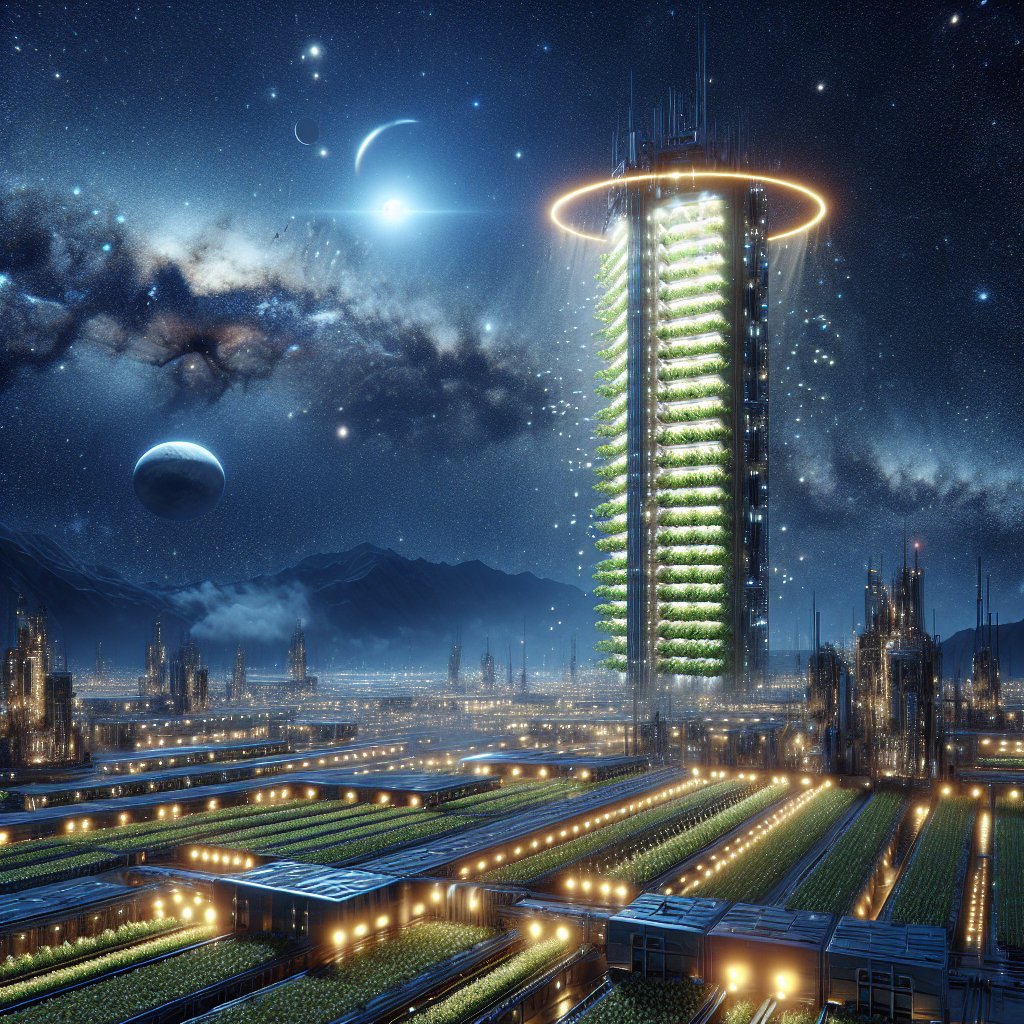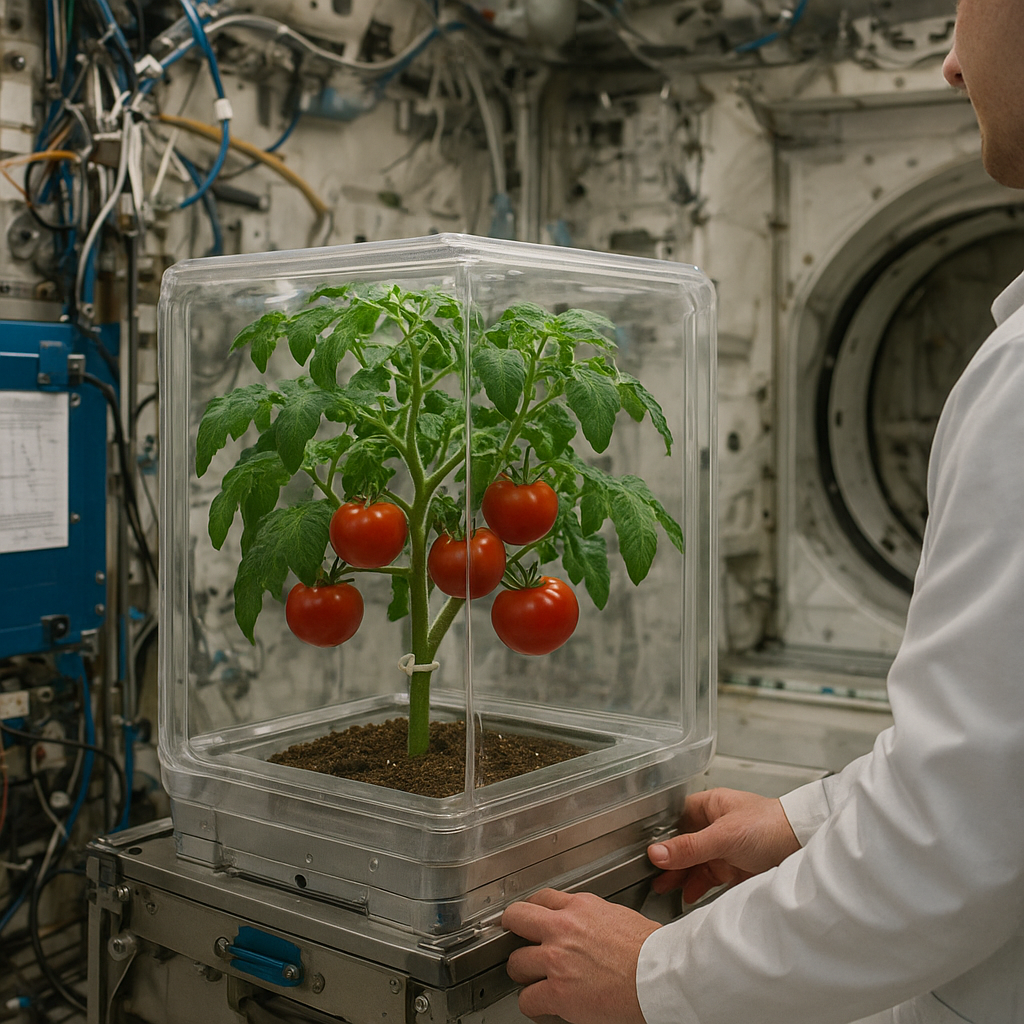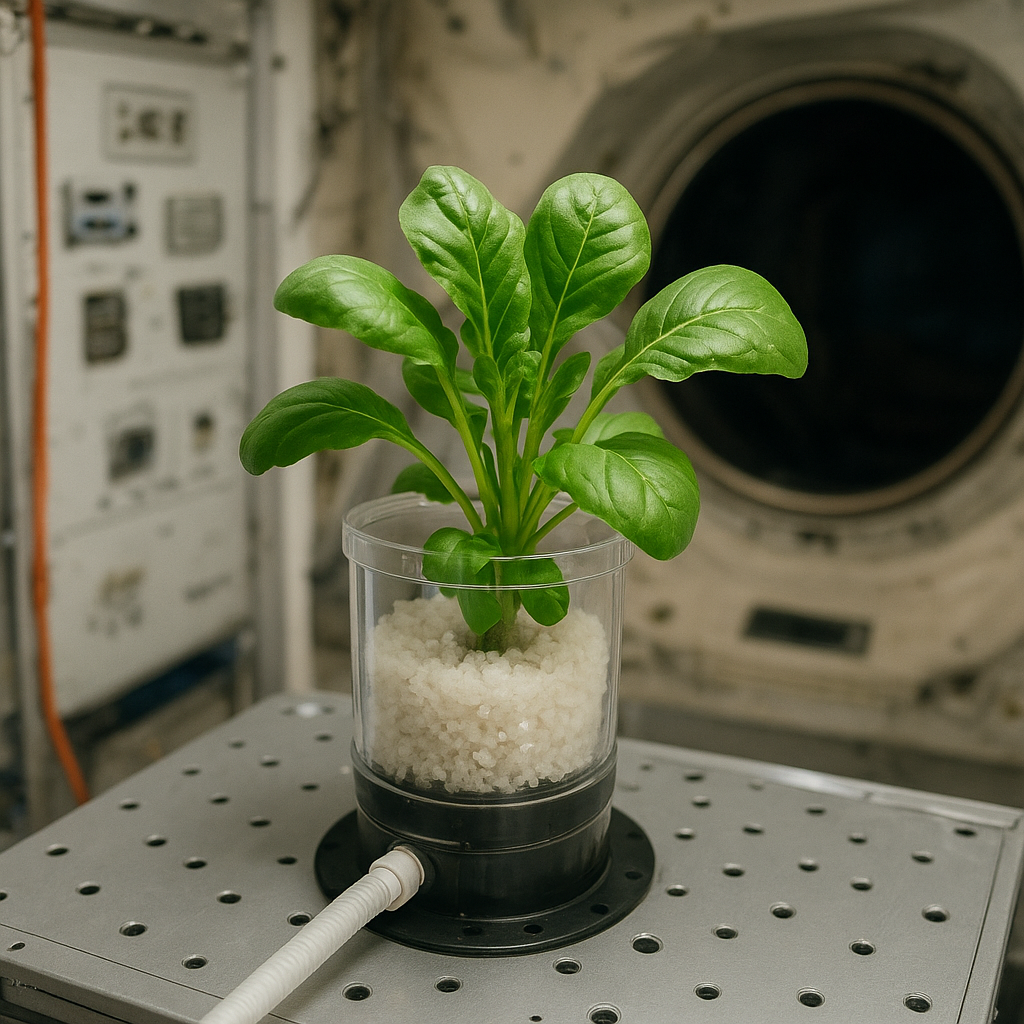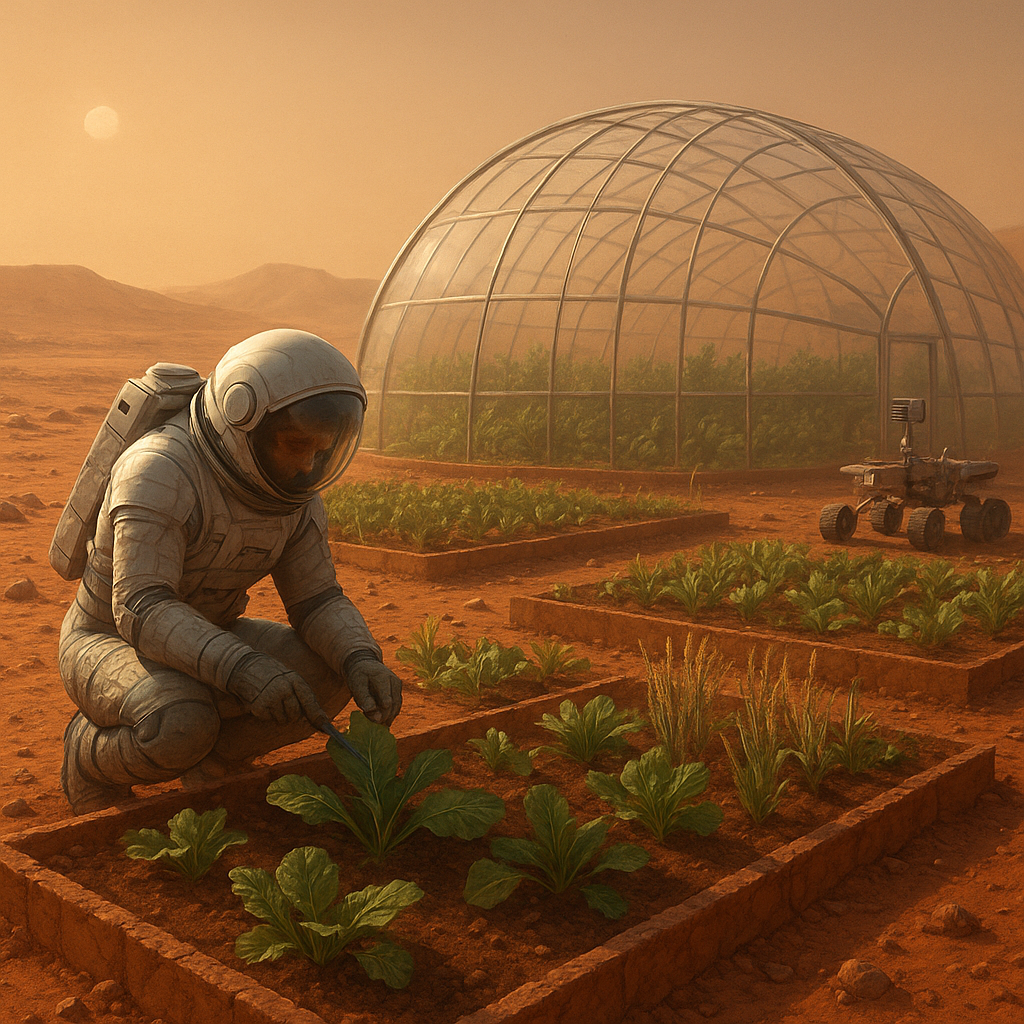Vertical farming in space presents a groundbreaking approach to sustainable agriculture, addressing the challenges of food production in extraterrestrial environments. As humanity looks toward the stars, the need for efficient and reliable food sources becomes paramount. This article explores the concept of vertical farming in space, its potential benefits, and the technological innovations that make it a viable solution for future space missions and colonization efforts.
The Concept of Vertical Farming
Vertical farming is an innovative agricultural practice that involves growing crops in vertically stacked layers, often incorporating controlled-environment agriculture (CEA) technology. This method maximizes space efficiency and resource use, making it particularly suitable for urban environments on Earth. However, the principles of vertical farming can be adapted for use in space, where traditional farming methods are impractical due to limited space, gravity, and environmental conditions.
Benefits of Vertical Farming in Space
- Space Efficiency: Vertical farming allows for the cultivation of a large number of plants in a compact area, which is crucial in the confined spaces of spacecraft or lunar and Martian habitats.
- Resource Management: This method utilizes hydroponics or aeroponics, reducing the need for soil and minimizing water usage through recirculation systems. Such efficiency is vital in space, where resources are limited.
- Controlled Environment: Vertical farms can be equipped with advanced climate control systems, allowing for optimal growth conditions regardless of external environmental factors. This control is essential for growing food in the harsh conditions of space.
- Reduced Transportation Needs: Growing food on-site eliminates the need to transport large quantities of food from Earth, reducing costs and logistical challenges associated with long-duration space missions.
- Psychological Benefits: Engaging in farming activities can provide psychological benefits to astronauts, offering a sense of purpose and connection to Earth, which is crucial for mental well-being during long missions.
Technological Innovations Enabling Space Farming
The successful implementation of vertical farming in space relies on several technological advancements that enhance crop growth and sustainability. These innovations are not only applicable in space but also have the potential to revolutionize agriculture on Earth.
Hydroponics and Aeroponics
Hydroponics involves growing plants in nutrient-rich water solutions, while aeroponics uses mist to deliver nutrients directly to plant roots. Both methods eliminate the need for soil and allow for precise control over nutrient delivery, which is essential in the resource-constrained environment of space. Research has shown that plants grown hydroponically can grow faster and yield more than those grown in traditional soil-based systems.
LED Lighting Systems
Light is a critical factor in plant growth, and in space, natural sunlight is often insufficient. Advanced LED lighting systems can be tailored to provide the specific wavelengths of light that plants need for photosynthesis. These systems are energy-efficient and can be programmed to simulate natural light cycles, promoting healthy plant growth in a controlled environment.
Automated Systems and AI
Automation plays a crucial role in managing vertical farms, especially in space where human resources may be limited. Automated systems can monitor plant health, adjust nutrient levels, and control environmental conditions. Artificial intelligence (AI) can analyze data from these systems to optimize growth conditions and predict crop yields, ensuring a steady food supply for astronauts.
Bioregenerative Life Support Systems
Integrating vertical farming with bioregenerative life support systems can create a closed-loop ecosystem that recycles waste products into usable resources. For example, plant waste can be composted to create nutrient-rich soil for future crops, while oxygen produced during photosynthesis can be used to support human life. This synergy not only enhances sustainability but also reduces the need for resupply missions from Earth.
Challenges and Future Prospects
While vertical farming in space offers numerous advantages, several challenges must be addressed to make it a reality. These challenges include technical limitations, the need for extensive research, and the psychological effects of long-term space habitation.
Technical Limitations
Developing reliable systems for vertical farming in space requires significant investment in research and development. Current technologies must be adapted to function in microgravity, where traditional farming practices may not apply. For instance, water management systems must be designed to prevent water from floating away, and nutrient delivery systems must ensure that plants receive adequate nourishment without the aid of gravity.
Research and Experimentation
Ongoing research is essential to understand how different crops respond to space conditions. Experiments conducted on the International Space Station (ISS) have provided valuable insights into plant growth in microgravity, but more extensive studies are needed to determine the best crops for long-term cultivation. Additionally, understanding the nutritional needs of astronauts and how to meet those needs through space-grown food is critical for mission success.
Psychological Effects
The psychological impact of long-duration space missions cannot be overlooked. Growing food can provide a sense of accomplishment and normalcy for astronauts, but the isolation and confinement of space can also lead to stress and anxiety. Designing vertical farms that allow for social interaction and collaboration among crew members can help mitigate these effects, fostering a sense of community and shared purpose.
Conclusion
Vertical farming in space represents a sustainable solution to the challenges of food production in extraterrestrial environments. By leveraging advanced technologies and innovative agricultural practices, humanity can ensure a reliable food supply for future space missions and potential colonization efforts. As research continues and technologies evolve, the dream of growing food in space may soon become a reality, paving the way for a new era of exploration and habitation beyond our planet.




